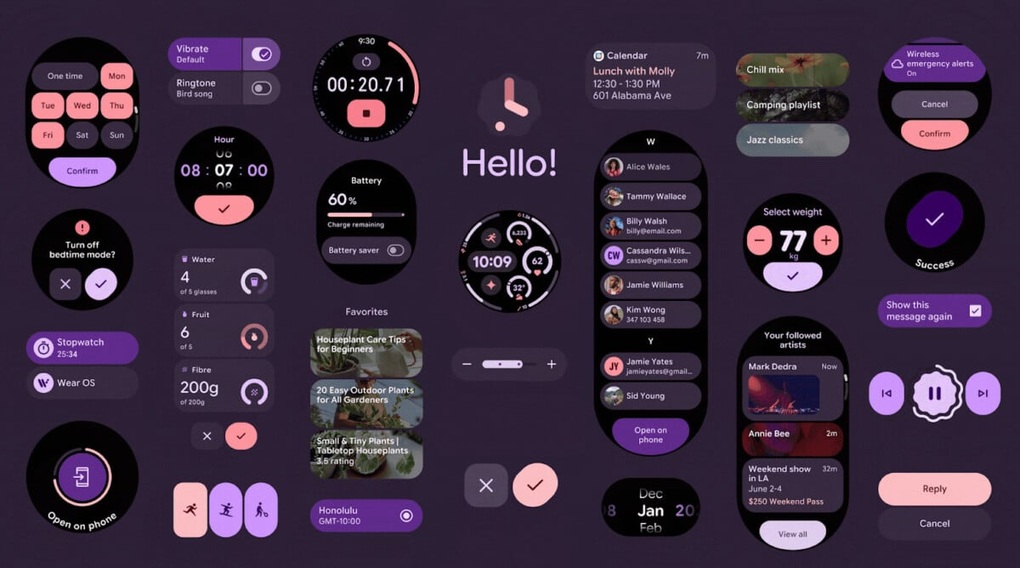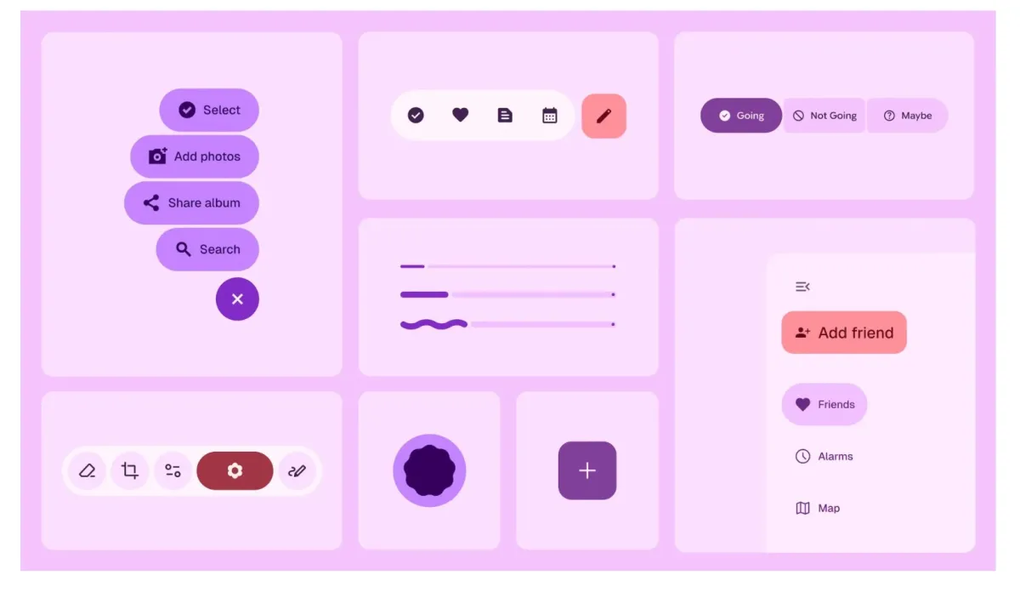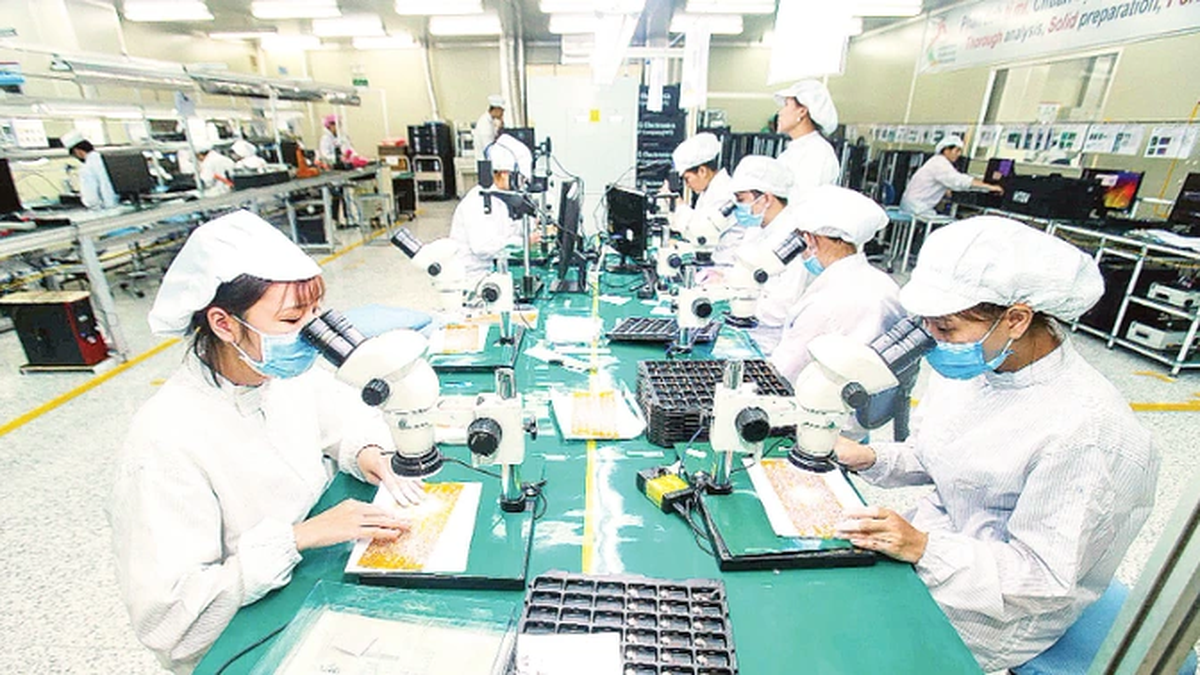
Not only on phones, products like smart watches also enjoy a new aesthetic language (Illustration: Google).
At its annual developer conference (I/O 2025), Google announced an important vision, painting a future where Android phones go beyond smartphones.
Google's ecosystem is witnessing a strong transformation, no longer limited to familiar Android phones, the search giant presented a new vision at its annual developer conference.
The key takeaway is the explosion of screens and completely new ways of interacting, all powered by artificial intelligence (AI).
To help the developer community easily grasp and build according to this new model, Google has set out core principles. These guidelines are not only for programmers but also reveal the digital technology philosophy that Google is pursuing.
Unsurprisingly, AI is the star of this direction. Google encourages developers to fully harness the power of artificial intelligence, believing that large language models (LLMs) will make apps “more intelligent, more personalized, and more autonomous.”
Google is expanding access to its AI models. Notably, Gemini — the company's most advanced AI model — will be deeply integrated into its developer tools, making Android a key player in the global AI race.
Another big trend highlighted at I/O 2025 was the proliferation of screens. Android remains the core mobile operating system, but it now powers smartwatches, TVs, cars, and soon smart glasses.
For apps to adapt perfectly to this diversity, Google recommends that developers need to think “adaptably.”
Ideally, an app should display smoothly and accurately on any device: From TVs, tablets, smartphones (both foldable and non-foldable), to augmented reality glasses or headsets.
Google claims this is the key to "unlocking access to 500 million screens" - an ambitious number.

New aesthetic language on Android phones (Photo: Google).
Notably, to support developers in the multi-screen era, Google introduced "Material 3 Expressive" - a new aesthetic language.
Not only beautiful with its striking shapes and colors, Material 3 Expressive is also designed to "create emotion, clearly guide users to their goals, and provide a flexible, personalized experience."
This design language is optimized for accessibility and is better suited for even small screens, like those on smartwatches.
Not stopping at the interface, Android 16 is also expected to bring changes in the way we interact with devices.
The introduction of “live updates” — small notification dots that change in real time — and a new way of managing widgets promise to make the user experience more seamless and intuitive.
In short, Google is aiming for a unified technology ecosystem where users are connected anytime, anywhere, and AI plays a central role in creating those experiences. Technology may be constantly evolving, but the goal of bringing convenience and intelligence to users is still the guiding principle of this giant.
Source: https://dantri.com.vn/cong-nghe/nguoi-dung-dien-thoai-android-sap-duoc-lot-xac-giao-dien-20250523100712521.htm



















































![[Maritime News] More than 80% of global container shipping capacity is in the hands of MSC and major shipping alliances](https://vphoto.vietnam.vn/thumb/402x226/vietnam/resource/IMAGE/2025/7/16/6b4d586c984b4cbf8c5680352b9eaeb0)













































Comment (0)